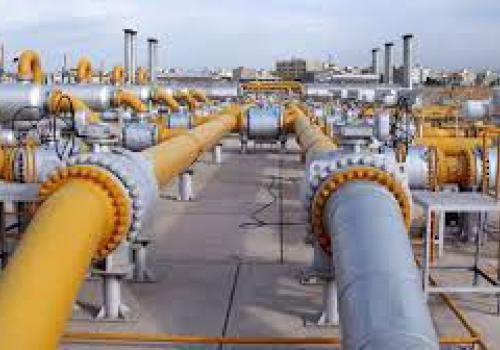Canadian exports on North Border Pipeline increased by an average of more than 200 MMcf/d over the past seven days compared to the week prior, as Bakken Shale's share on the pipeline has declined despite a steady recovery in rig counts, natural gas production and returns in the North Dakota play. Bakken supply on Norther Border averaged 1.68 Bcf/d during the week of June 8-14, according to data by S&P Global Platts Analytics. This stands as the lowest amount of Bakken supply on the line since the severe winter storm in mid-February, when freeze-offs dropped it to an average of 1.64 Bcf/d. Western Canadian exports on Northern Border, which delivers gas to the US Midwest, have increased considerably, averaging 760 MMcf/d from June 8-14. Flows the week prior averaged 545 MMcf/d while year-to-date flows are 643 MMcf/d.
West Canada production is also up, averaging a robust 15.8 Bcf/d since June8, a five-year high for this time of year and exceeding Platts Analytics' 15.6 Bcf/d production forecast for June. However, the cash-to-winter strip spread remains weak, so exports have accelerated while injections have ticked up just a bit. This strong production has helped AECO fall to an average 34 cents/MMBtu behind Chicago over this time, down from minus 22 cents the month prior. This has contributed to exports in this corridor (Great Lakes, Viking, Northern Border and Alliance pipelines) to average just shy of 3.6 Bcf/d, their strongest run since mid-April. The widening spread was driven mostly by Chicago's rise as the Midwest deals with a heat wave, rather than AECO weakening. Thus, the daily AECO cash-to-winter-strip spread did not widen, and injections remained weak.
This strong production has more than likely kept AECO from following Chicago up as the Midwest pulled on AECO, and provided Western Canada with the gas it needed to increase exports to the Midwest without much price movement. Likewise, price increases at Malin outpaced those at AECO over the last several days, driving exports to the US Pacific Northwest higher as well. Chicago is expected to see additional strength in the coming weeks as temperatures continue to climb, boosting power burn, and as the region seeks to make up year-on-year storage losses. Bakken's decline in flows on Northern Border comes after production recently reached its highest monthly volume since the pandemic and subsequent demand crunch ravaged oil prices. North Dakota production averaged 2.96 Bcf/d in April 2021, according to data released June 14 by the North Dakota Industrial Commission. It is the strongest monthly production since March 2020, when it averaged 3.1 Bcf/d.
Over the same time frame, new midstream infrastructure has allowed operators to lower associated gas flared at the wellhead from 13% last March to 6.8% as of April 2021, according to the NDIC. Additional midstream capacity is slated to come online. On June1, the Federal Energy Regulatory Commission granted certificate authorizations to WBI Energy Transmission's 92.5-mile, 250 MMcf/d North Bakken Expansion. The line is expected to come online by the end of the year. WBI is a subsidiary of MDU Resources. "Pipelines remain the safest way to move natural gas around the country, and this project is vital to capturing natural gas that is produced, and currently flared, as an associated product of oil production in the Bakken," said MDU Resources CEO David Goodin, in a statement. Outrigger Energy II's Bill Sanderson Gas Processing Plant, with 250 MMcf/d of capacity, was completed in January in Williams County, N.D. However, Outrigger said the plant will not be online until later this summer, or possibly even the second quarter of 2022. The rig count in the Bakken has increased by 36% since the start of the year to 19, which remains well below the 55 averaged in early 2020, according to Enverus.
